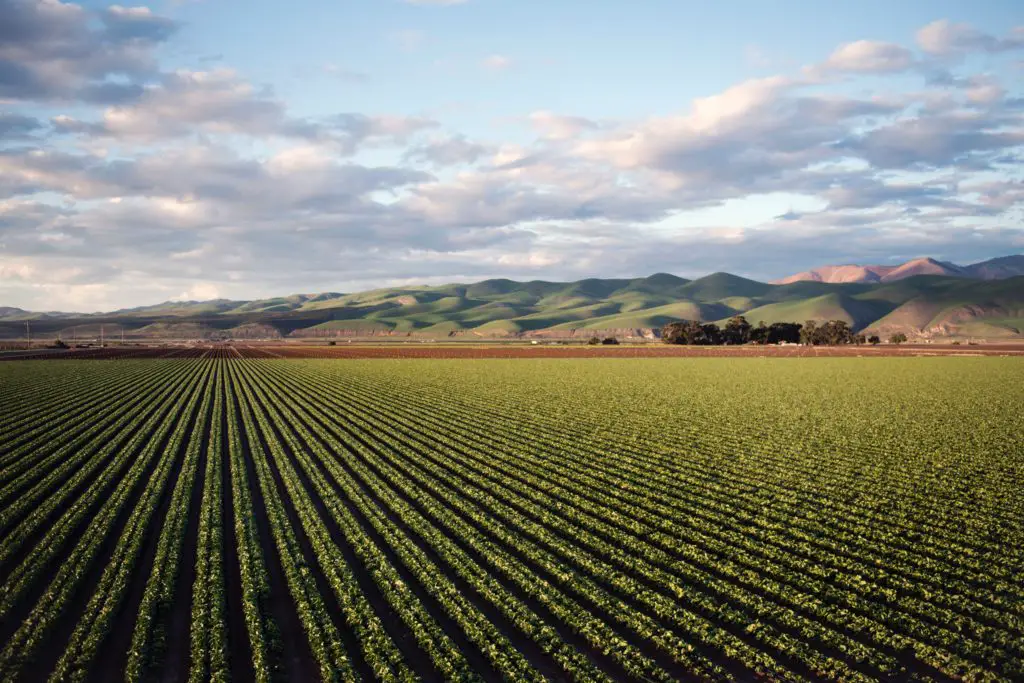Agriculture is the backbone of India. India is one of the largest countries to rely on full-fledge agriculture and one of the top agricultural producers in the world. Even though the agriculture sector has been shrinking over time as a result of the country’s economic expansion, it continues to be the most populous productive sector, which is significant for India’s overall socioeconomic structure. Recent political unrest in the nation was a result of new agricultural legislation introduced by the central government, which sparked extensive demonstrations in the capital. Whatever the circumstances, farmers have always had trouble turning a profit on their harvests. Due to their inability to repay the debts they took out to harvest their crops, several farmers have committed suicide. Let’s find out more about Agricultural Lime Cost.

Cost of Agricultural lime:
Agricultural lime is the end result of the high-temperature breakdown of CaCO3-containing limestone. CaO, sometimes referred to as quicklime, is mostly utilized as agricultural lime. Water and calcium oxide react as follows: CaO + H2O => Ca(OH)2. Calcium hydroxide, the end product, is utilized in agriculture and is referred to as slaked lime.
A 40kg bag of agricultural lime can cost anywhere between Rs.25 and Rs.30 on average. The majority of bags will weigh between 400kgs and 1000kgs each, and the price will vary depending on the number and the place of purchase. Agricultural lime can cost anywhere between Rs.2500 and Rs.3000 per tonne at a nearby shop or quarry, depending on the parameters. This price excludes professional application and is determined by the type of agricultural lime that will be used. There are various types of Agricultural lime available in the market such as Calcimitic, Dolomitic, liquid, etc. The cost of the lime varies depending on its type, labor, quantity, quality, supplier, and the place of delivery. Geographical location plays a major role in deciding the cost of the lime. If you are closer to a limestone quarry, you can get it for cheaper rates whereas if you are very far from it, you may have to pay a little extra for the agricultural lime.
What is Agricultural lime:
Agricultural lime is like manure or a soil additive that is made from powdered limestone. It is used to make the soil fertile for the crops to grow. The primary component in agricultural lime is Calcium carbonate. Various compounds may also be present depending on the mineral source, such as calcium oxide. Powdered limestone just has to be milled rather than burned in a lime kiln, unlike the forms of lime known as quicklime (calcium oxide) and slaked lime (calcium hydroxide). These types of lime are rarely used as soil conditioners, with the similar goal of supplying a base to balance acidity; however, crushed limestone is now a prevalent form of lime for agriculture fields. Historically, burning lime is used to lime agricultural fields; the difference is explained by the fact that technology created in the mid-19th century is what allows for economical mass-production-scale fine grinding of stone and ore.
Uses of Agricultural lime:
Agricultural lime is one of the primary soil additives for agriculture. So, what does it do with the soil? Well, agricultural lime is used in conditions where the soil is acidic and to increase the pH value of the soil. It also increases water penetration in acidic soils. It increases the nutrient intake of plants in acidic conditions thus helping them to grow well. The lime increases the alkaline nature of the soil and brings it to a balance for the crops to grow. In some areas, the soil will have calcium deficiency which makes it hard for the plant to grow. So, agricultural lime is mixed with the soil to provide calcium to the plants. In soils where animals are bred and raised for foraging purposes, it can prove to be profitable. A juvenile animal’s development depends heavily on bone formation, and bones are mostly made of calcium and phosphorus. Milk, which contains calcium as one of its main components, provides young animals with the calcium they require. Agricultural lime boosts milk production, thus dairymen use it regularly.
Economic factors:
The cost of the lime sometimes varies due to the economic conditions such as the export and import of the limestone. A sudden rise in prices of the raw materials may result in increased limestone costs. So, farmers need to plan accordingly to buy agricultural lime for a cheaper rate and gain profits from their harvest.
Conclusion:
If the harvest doesn’t happen correctly, it might cause shortages and impacts the food chain. For instance, the government of Sri Lanka was recently overthrown by violent demonstrations from the populace after the nation’s economy collapsed under the weight of large loans. Prices for raw resources, food, and gasoline skyrocketed, severely affecting the general population. Due to their inability to purchase necessary goods, the farmers produced relatively few harvests. As a result, Sri Lanka had severe food shortages, which increased the price of food throughout the nation. So, the cost of agricultural lime has an impact on the yield of crops and also on the food chain of the country.
FAQs:
1) Are agricultural lime and limestone two different products?
Yes, agricultural lime is made from powdered limestone. So, they are two different products.
2) Is it mandatory to use agricultural lime?
No, it is not compulsory to use it, but using it can improve the yield and can nurture the crops well. SO, using it is more beneficial than not using it.
3) How long will the effects of agricultural lime last?
It depends on the type of lime used, the overall acidity of the soil, the amount of nitrogen, the nature and extent of clay, the crops being used, and the management techniques. Conducting a soil test after 2 to 3 years of use of the lime may give us a clear context on the duration of the effects of agricultural lime.


